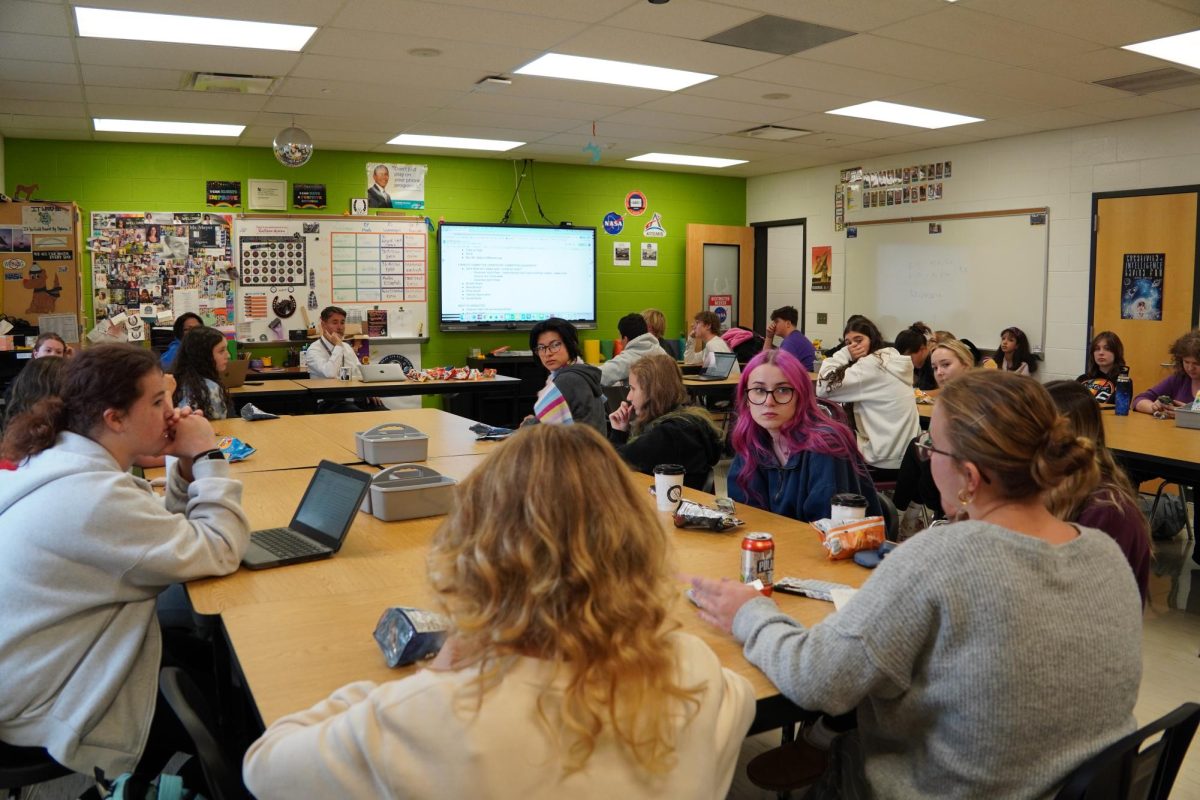Opinion: it’s time to fix child care
September 10, 2021
The onset of the pandemic unveiled troublesome aspects of child care in the U.S., and although the government made a $39 billion investment in childcare, handing money to states and child care providers won’t be enough by itself. In place of today’s child care, the U.S. needs to develop a sustainable system that will be affordable and accessible for families, provide quality care and education for young children, help women stay in the workforce, and help child care workers build greater financial stability.
In portions of the U.S., infant care and child care are either excessively expensive or almost completely inaccessible for families living in “child care deserts.”
In comparison to other countries, the U.S. lacks family-focused policies such as paid parental leave, a universal child care system or regular monetary supplements for raising children.
In general, the U.S. is not so invested in child care. The Organization for Economic Cooperation and Development found that participating countries spend an average of 0.7% of their gross domestic product (GDP) on child care and early childhood education, whereas the U.S. spends less than 0.5% of its GDP.
Most child care in the U.S. is privatized, which is why it can be so expensive. In some states, it can cost more to send a child to preschool than it would to pay for in-state college tuition. The U.S. Department of Health and Human Services considers child care affordable as long as it doesn’t take up more than 7% of a family’s income.
By this standard, none of the states have “affordable” child care.
Based on data from the Economic Policy Institute (EPI), infant care alone takes up, on average, around 17% of a median family’s income. Families with a preschool age child and an infant may spend around 30% of their income on child care.
The current lack of investment in child care in the U.S. is not only financially damaging to families as a whole; it also creates an unstable dichotomy for women and mothers in the workforce. On top of that, the high cost of child care doesn’t provide child care workers with even remotely high wages or job benefits.
Making a long-term investment in improving child care could produce an estimated $1.6 trillion boost to GDP that would primarily come from having more women enter and stay in the workforce, but young children, first and foremost, could be guaranteed quality care and education that could set them up for success for years to come.
There are a variety of suggestions for fixing child care, but perhaps the most important could be learning to stop seeing it as an individual problem or commercial commodity and instead, viewing it like how we might view education and public schools: as a public good necessary to community wellbeing.
Public schools help make education accessible to all children. Tuition, at least, is free. And, they give parents a place to send their kids during the day. The public school system is far from perfect, but the concept of a universally accessible system with public support is precisely what we need to start applying to child care.
Child care probably won’t be “free” but it could be affordable. Accessibility would likely require time to develop, especially within child care deserts. It would also take time to build up a workforce of credentialed child care workers who will receive benefits and paychecks that appropriately reflect the labor-intensive nature and value of their work.
However, universal child care is not impossible for the U.S. It was done with the Lanham Act during World War II to help get more women working for the war effort, and it is still technically being done on a smaller scale with military child development centers that are run by the U.S. government.
The pandemic did nothing for the already present troubles of the child care industry if not inflame them. While the proposed American Families Plan, which includes an over $200 billion investment in “universal preschool,” is a step in the right direction, it naturally faces opposition in Congress.
However, like most problems, the child care industry won’t fix itself, and the child care crisis presented by the pandemic couldn’t be a clearer sign that we should be putting in more effort to make substantial reforms for child care.








































